The U.S. Department of Energy had to invent new options for funding start-ups because the effects of climate change were outpacing technology commercialization.
Office of Energy Efficiency & Renewable Energy
September 18, 2023Part 1: If at First You Don’t Succeed…
How do you transition a nation to clean energy? Answers include: as fast as you can, with brilliant innovators, funding, public- and private-sector partnerships, and community collaboration. While the U.S. Department of Energy (DOE) has employed these practices for years, the effects of climate change are outpacing technology commercialization. Determined to win the race, DOE knew it had to invent more options.
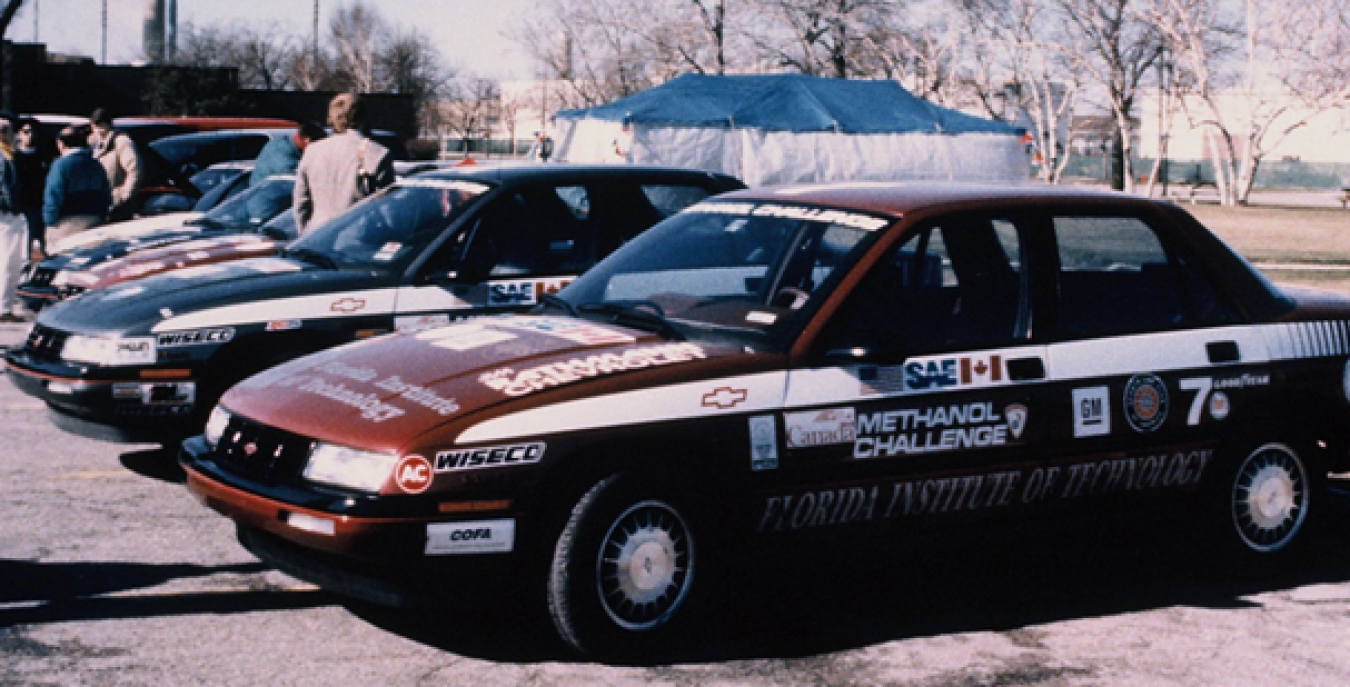
The Methanol Marathon (1988-1989) was an alternative fuels competition for 15 U.S. colleges and universities.
DOE regularly announces multimillion-dollar funding opportunities for research and development of technology solutions. However, these projects take three to five years to complete, and DOE needed a way to expand the breadth of ideas. Some DOE team members knew there had to be a way to accelerate technology development and attract new applicants—they just had to design it.
Competitions were not a new concept to DOE; the Methanol Marathon (alternative fuels) had launched in 1988, the original L-Prize (LED lightbulbs) in 2008, and the Solar Decathlon (buildings powered by renewables) had been an annual competition for 10 years. But many of them did not award cash prizes, and none focused on starting companies.
In 2012, Ammar Qusaibaty joined the Solar Energy Technologies Office (SETO) and was tasked with designing a $10 million prize competition that would help reduce the non-hardware, or soft costs, of residential solar photovoltaic (PV) systems. Competitors were eligible for cash prizes after installing 3,000 PV systems. No one applied.
“We realized the design wasn’t that clever,” Qusaibaty says. In retrospect, he thinks the cash prize should’ve been bigger.
With the budget intact and lessons learned, Qusaibaty and SETO designed the Race to 7-Day Solar to make it easier for consumers to install solar energy systems, a process that normally took three to four months. SETO awarded three teams $100,000 for making progress, but no team was eligible to win the grand prize.
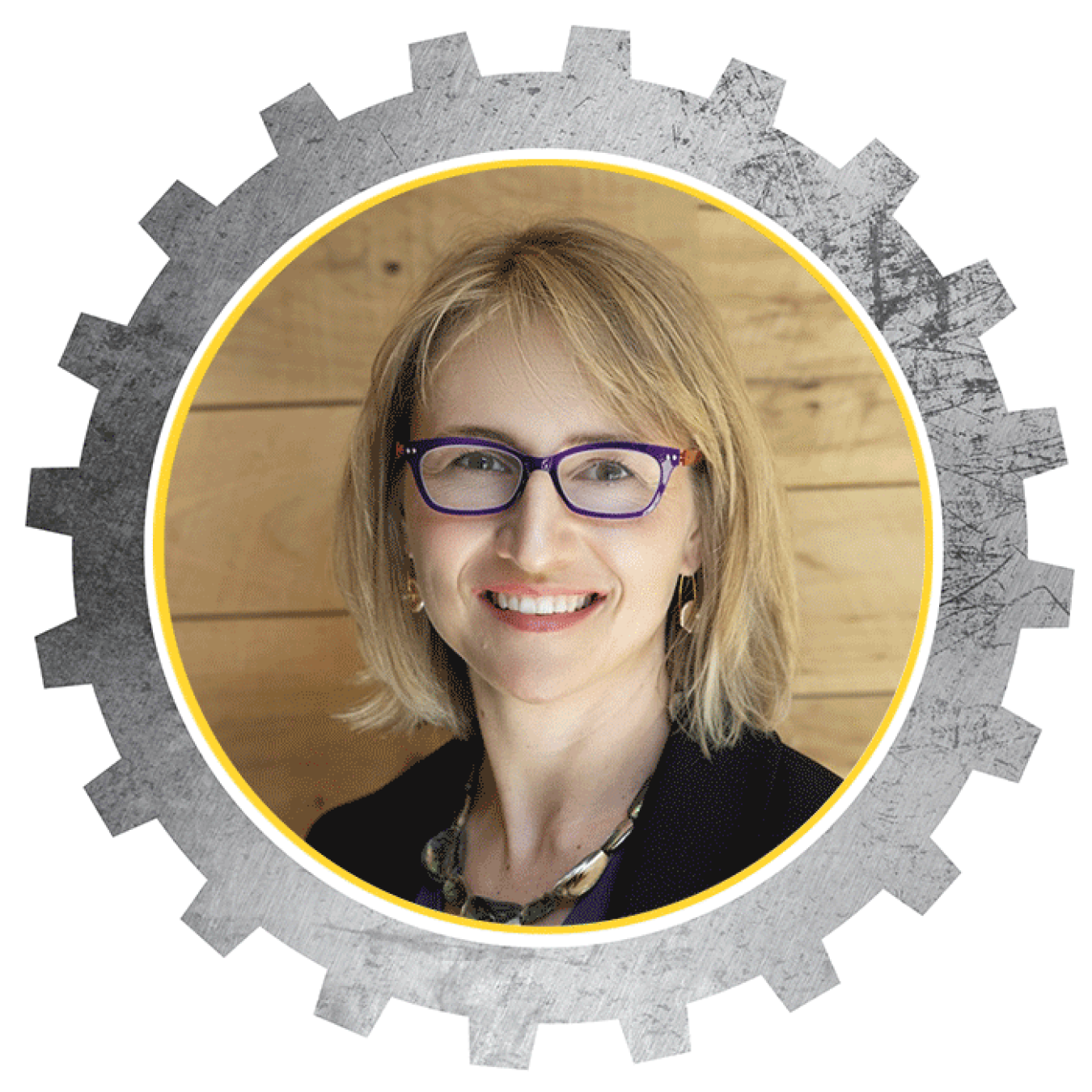
“Having a flexible and forgiving environment helps everyone feel safer in exploring creative solutions,” says Elaine Ulrich, a DOE senior advisor who helped develop prizes in SETO. “It helps to keep a positive mindset and be encouraging when a team is trying out new ideas, because they can avoid the risk of being blamed if something doesn’t work as planned.”
A New Prize Model Takes Shape
Qusaibaty and other SETO colleagues, including then–technology manager Victor Kane, created the Catalyst Energy Innovation Prize in 2014 to seed U.S. small businesses that could fill gaps in the solar market. Catalyst had a new structure: It lasted 90 days and comprised four phases. As competitors advanced through each phase, they won cash prizes and transformed their business plans into energy startups—with products.
Catalyst also provided competitors expert-level support to help advance their innovations. Teams had access to tools, capabilities, and resources at DOE’s national labs, including entrepreneurship training. It concluded with a live demonstration day, where teams presented their projects to a panel of expert judges. The winners received $30,000 on the spot, then $70,000 after six months spent improving their product.
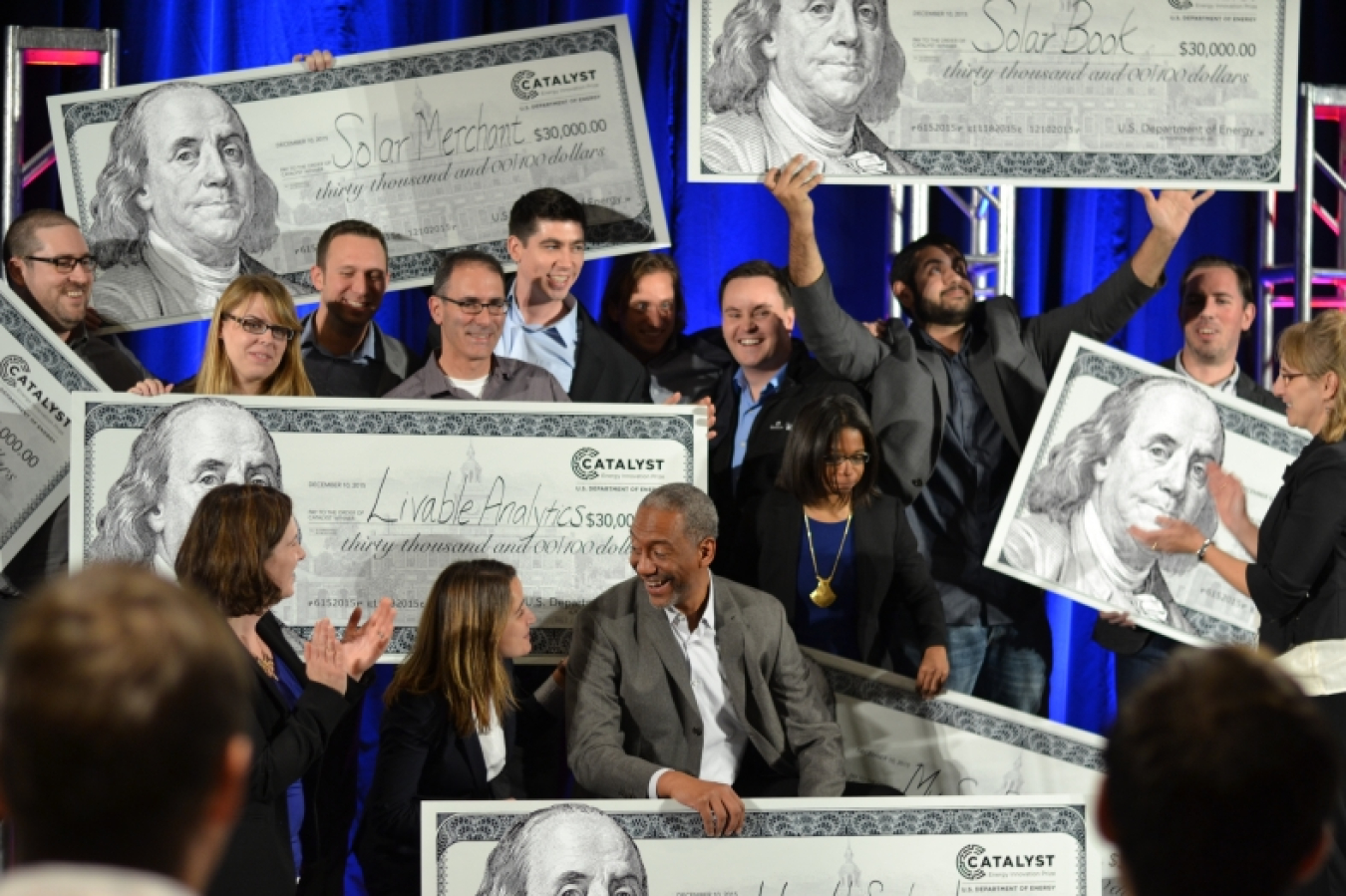
Winners of the Catalyst Energy Innovation Prize Demo Day were chosen out of 19 finalist startups that demonstrated their energy software solutions in Philadelphia on December 10, 2022.

Have an innovative idea? Enter a prize competition that’s right for you.
Kane had overseen seven rounds of SETO’s Solar Startup Incubator funding opportunity—a program that has provided equipment, mentorship, and other resources to more than 100 solar startups since 2007. He was interested in giving more energy startups what they needed, so he joined Jennifer Garson on the Office of Energy Efficiency and Renewable Energy’s Technology to Market team—the source of the National Incubator Initiative for Clean Energy and the CleanTech University Prize.
Together, they went to see incubators in various regional cleantech competitions. These visits helped them determine that homegrown businesses needed a safe environment where they could innovate. By rewarding startups with cash prizes in stages, the new prize plan would support the creation of small businesses with an initial investment in promising ideas, access to collaborative mentorships, and the potential for more funding over time.
When Kane and Garson returned to the office, they wrote a 17-page memo—a blueprint for what would become the Department of Energy's American-Made Challenges.
Read the Rest of This Four-Part Series
-
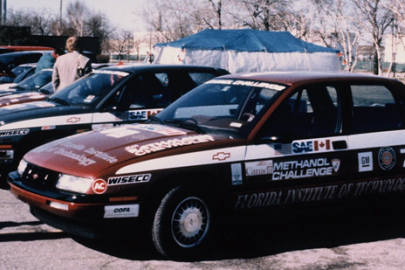 The U.S. Department of Energy had to invent new options for funding start-ups because the effects of climate change were outpacing technology commercialization.
The U.S. Department of Energy had to invent new options for funding start-ups because the effects of climate change were outpacing technology commercialization. -
 Prize competitions at the U.S. Department of Energy are designed to make it easier and quicker for American innovators to develop clean energy technologies, launch businesses, and increase U.S. manufacturing.
Prize competitions at the U.S. Department of Energy are designed to make it easier and quicker for American innovators to develop clean energy technologies, launch businesses, and increase U.S. manufacturing. -
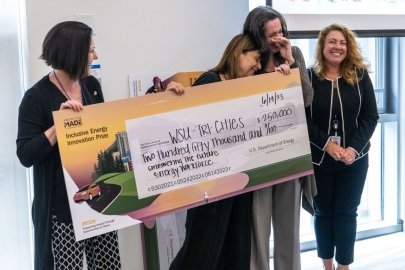 The U.S. Department of Energy launched the first American-Made Challenge in 2018 to attract more diverse American innovators and accelerate commercialization of clean energy technologies.
The U.S. Department of Energy launched the first American-Made Challenge in 2018 to attract more diverse American innovators and accelerate commercialization of clean energy technologies. -
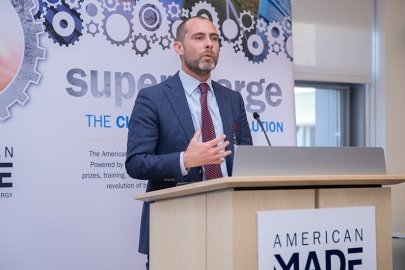 The U.S. Department of Energy leveraged American-Made Challenge Prize competitions to get capital to clean energy organizations that were previously unable to access traditional federal funding resources.
The U.S. Department of Energy leveraged American-Made Challenge Prize competitions to get capital to clean energy organizations that were previously unable to access traditional federal funding resources.

